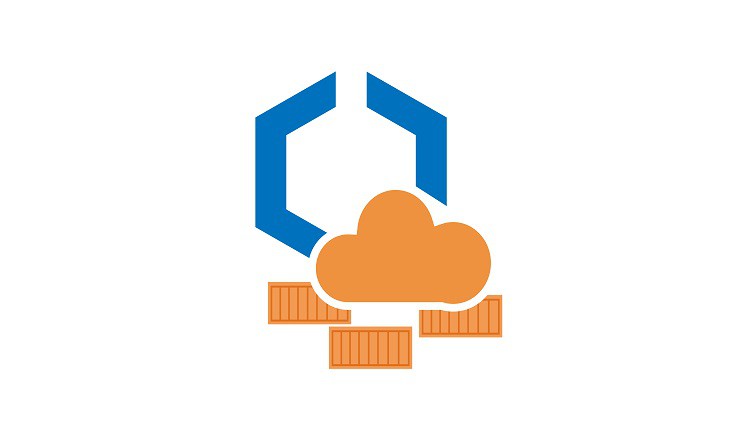
Learn how to manage docker containers using AWS EKS (Elastic Kubernetes Services). Learn fundamentals of Kubernetes, AWS
What you will learn
Learn the fundamental concepts of containerization technologies like docker and kubernetes
Learn how to create Kubernetes YAML file
Learn how to create public and private Elastic Container Registry
Learn how to push docker image to ECR
Learn how to provision and manage container on AWS cloud with EKS Elastic Kubernetes Services
Learn how to create and use EKS Cluster
Learn how to use eksctl, docker and kubectl command line.
Description
These days demand of Container and Container orchestration technologies are undergoing tremendous growth as this technology helps the organization to become more agile and scalable.
Kubernetes + AWS = AWS Elastic Kubernetes Services (EKS)
Kubernetes, also known as k8s is popular and open source container orchestration. It offers features like Scalability, Load Balancing , High Availability, Security and much more.
Amazon Elastic Kubernetes Service (Amazon EKS) is a managed container service to run and scale Kubernetes applications in the cloud or on-premises.
One of the benefit of using Amazon EKS is there is no burden of managing the master node and the cluster control plane. But using Kubernetes native, one can have more control over master node and cluster control plane compared to using AWS EKS.
As demand of Devops engineer is increasing rapidly, having Kubernetes and AWS EKS as a skill will help you to grab the valuable opportunity.
In this course you will learn creating Kubernetes cluster locally and on AWS. You will learn creating different and important Kubernetes objects such as Pods (the basic unit of Kubernetes cluster), Replicaset, Deployment, Services and much more.
Then you will learn how to use cloud formation to setup Kubernetes cluster on Amazon AWS, then creating private and public ECR Repository and running inside AWS EKS cluster.
You will also learn how use eksctl, docker and kubectl command line utility to perform above tasks.
Content
Introduction
Kubernetes in light speed
Elastic Container Registry
Elastic Kubernetes Service (EKS) with Amazon Web Services (AWS)